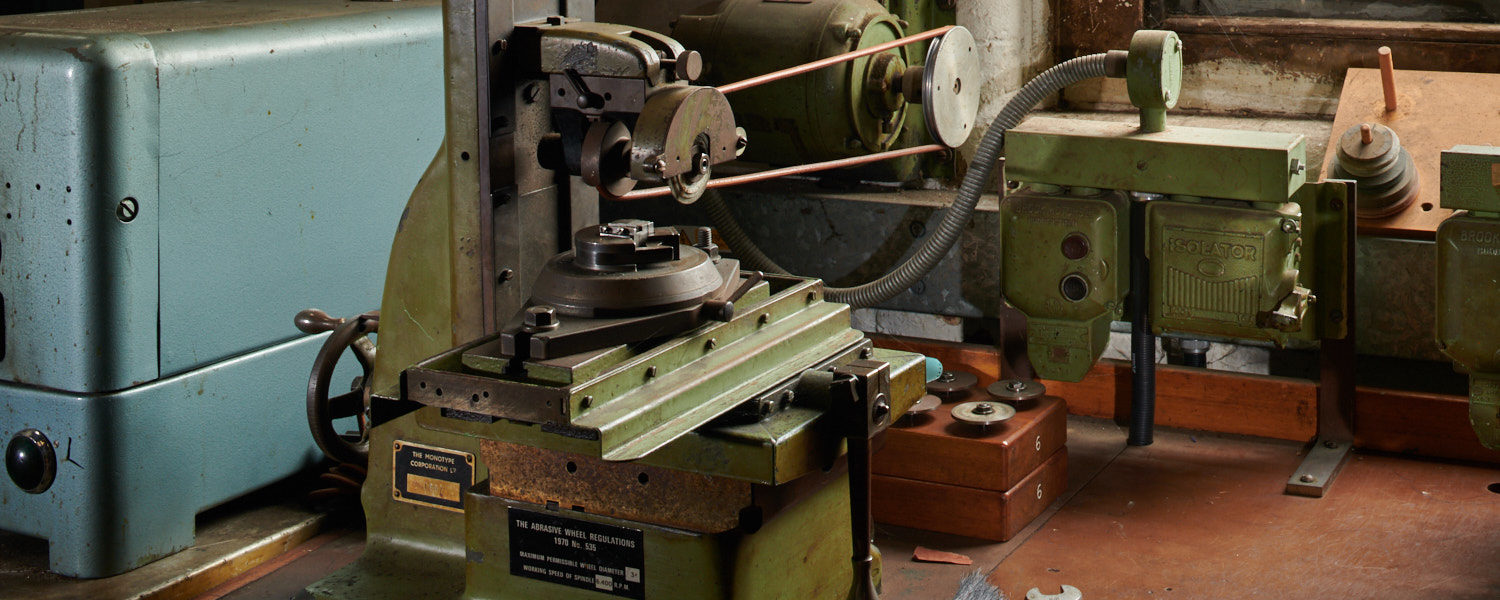In 2018 we embarked on a review of the Science Museum Group Collection – that’s the 7.3 million objects, photographs and archive documents that our five museums care for on behalf of the nation.
We have been collecting objects, photographs and archive materials for over 150 years so this review enabled us to take a step back and examine the significance of what we have, using new research by our curators.
The goal of the review is to ensure that the collection can be enjoyed by future generations. It has highlighted priorities for future collecting (find out more in our Collection Development Policy) and identified a small numbers of items that are no longer appropriate for the collection and could be transferred to other museums.
We began the review by studying our aviation items, focusing on aircraft and hang gliders in the collection. One notable outcome was the gifting of the Sandringham Flying boat (VH-BRC, ‘Beachcomber’) to the Solent Sky Museum in Southampton (where it had been on loan since it joined our collection) helping illustrate Southampton’s rich flying boat heritage.
In 2019 we also started to review an archive of 400,000 photographs, mostly negatives, which captured life on the railways between 1890 and 1979.
Based on the photographic collections of British Rail and its predecessors, the archive currently resides at the Blythe House object store in west London.
Once it has been reviewed, the archive will be carefully packed and moved to join millions of photographs already cared for at the National Science and Media Museum in Bradford.

As part of the review process, the team are conducting an inventory and in-depth research on particular groups of objects.
Colleagues with a range of skills are involved in enhancing object records, carrying out condition checks, adding barcodes to easily record locations, and photographing selected objects.
This new information and photography is published online, making it easier for you to explore the items we care for.

At the National Collections Centre in Wiltshire the team have already examined many large objects, including those related to Textile machinery, Civil Engineering, Fire Fighting and Electricity supply.
Information about this Step-up transformer, which was used at Battersea power station in the 1930s and represents the transition from privatised to nationalised power supply, has recently been published online.
At the Science and Industry Museum in Manchester, we have reviewed objects in the Textile machinery, Aircraft propulsion, Road transport and Water transport categories.

In 2019 we also began to study the Monotype Collection to gain a better understanding of these items. It sits within the Printing and Writing part of the Science Museum Group Collection, and is on loan to the Type Archive in south London.
The Monotype hot-metal mechanical casting and typesetting approach was invented by Tolbert Lanston in 1887. For the previous 400 years type had been composed by hand, so this mechanisation was a momentous development in the history of printing.
Not long after the Monotype Corporation was formed. The corporation went on to supply the means to mechanically cast metal type to customers around the world, transforming access to the printed word.


The Monotype Collection contains more than 2 million individual items, including a comprehensive archive, around 100 machines, patterns and matrices, and over 4000 drawers of punches of each type face.
Working on site, the team have conducted an inventory, updated records, taken photographs and researched the Monotype Corporation. This project will provide online access to the Monotype Collection for the first time, with around 5000 records, new photographs and insights to be published online.

By delving deep into parts of the collection through this review, we have learned much more about the items we care for. We are sharing these new insights through our collection website.
More than 100 short summaries of different areas of the collection have been published to help you explore, from Cinematography and Experimental chemistry to Textile machinery and Railway posters, notices and handbills.
We’ll continue to review specific areas of the Science Museum Group Collection over the next two years, sharing more interesting objects and stories as they are revealed.
Update: Around 5,000 new records for items in the Monotype Collection have now been published online.
